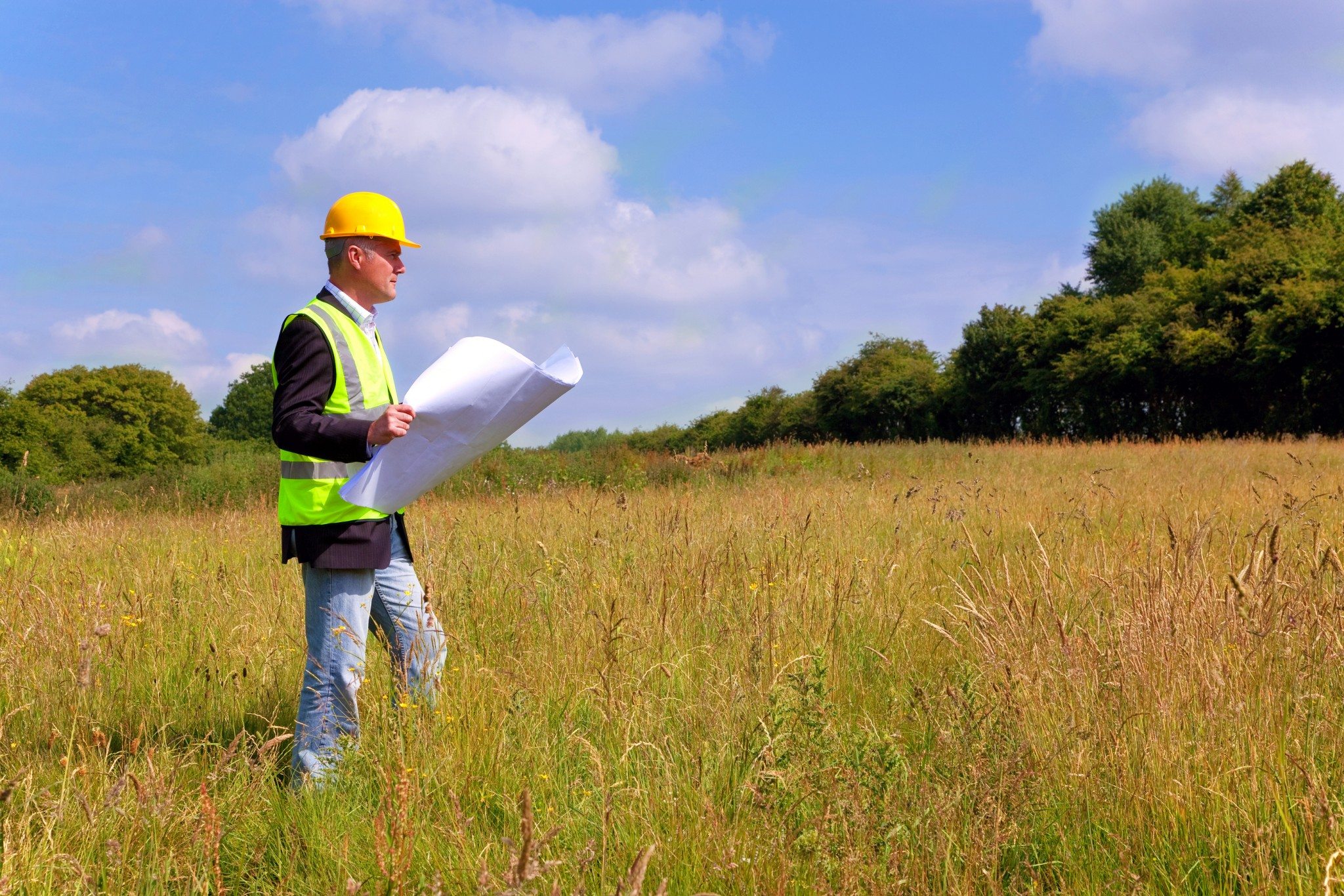In the world of
land surveying, the meticulous art of mapping and measuring land holds an essential function in numerous elements of home ownership, advancement, and legal compliance. Understanding the relevance of land surveying is not simply advised, however important for anybody associated with realty, building and construction, or ecological planning. Through this detailed technique, experts can determine boundaries, determine easements, and examine the topography of an offered location, supplying important insights for decision-making processes. Exploring the world of land studies opens a variety of details and understandings right into the land under our feet. From avoiding legal disputes to sustaining city preparation and development, the influence of precise land checking reverberates throughout markets. By checking out different study kinds, the tools and innovations utilized in the area, and the emerging patterns transforming standard methods, one gets a much deeper gratitude for the detailed work of land surveyors. Sorts Of Land Surveys When it involves land studies, there are numerous types that serve various objectives. Boundary surveys are conducted to establish the precise borders of a home, describing where one's land begins and ends. This kind of survey is essential for avoiding limit disputes with neighbors and making sure residential property lines are properly determined. Topographic surveys, on the other hand, focus on mapping the terrain of a certain piece of land.

By outlining the elevation modifications, natural features, and man-made frameworks on the home, topographic studies give valuable details for style and development projects. They assist engineers and designers understand the land's present problems prior to preparing building. An additional typical type is the ALTA/NSPS study, which is an extensive survey that complies with details standards established
forth by the American Land Title Association and the National Society of Professional Surveyors. This sort of survey is typically needed for industrial property deals and gives comprehensive details on borders, easements, encumbrances, and improvements on the property. Duty of GIS in Modern Land Surveying GIS, or Geographic Information Systems, play an important function in modern-day land checking.
By leveraging advanced mapping innovations and
spatial information analysis, GIS devices give useful understandings into land features, boundaries, and terrain features. Surveyors can overlay various information layers, such as property limits, elevation data, and land cover types, to develop extensive maps for exact evaluating assessments. One vital advantage of GIS in land surveying is the capability to boost decision-making procedures by picturing intricate geographical information in an user-friendly style. Surveyors can examine several information collections at the same time, determining patterns and relationships that may not be evident with traditional checking methods alone. This incorporated approach permits even more educated preparation and style methods, bring about more effective land use and growth. In addition, GIS technology enables seamless partnership amongst evaluating groups, task stakeholders, and decision-makers. By sharing interactive maps and data layers in real-time, all celebrations involved can have a combined
understanding of the checking procedure, project goals, and potential challenges. This streamlined communication fosters openness and efficiency in land checking projects, inevitably adding to effective end results. The Future of Land Surveying In the quickly evolving field of land surveying, technical improvements are leading the means in the direction of a lot more reliable and accurate checking methods. Development in drone innovation is transforming the method surveys are performed, allowing for airborne data collection with
accuracy and rate. Drone surveys offer faster project conclusion, increased safety for land surveyors, and boosted data visualization capabilities, shaping the future of land checking methods. Furthermore, the combination of Geographic Information Systems(GIS )is playing a critical function in simplifying data administration and analysis in land evaluating. By harnessing the power of GIS, property surveyors can produce detailed maps, track adjustments in time, and make educated decisions based on spatial data. Using GIS is expected to proceed expanding, supplying beneficial understandings for home development, environmental planning, and facilities jobs. Looking in advance, the future of land surveying is additionally noted by an expanding emphasis on sustainability and environmental conservation. https://easylivingmom.com/new-home-building-what-you-need-to-know-before-buying-land/ are significantly tasked with identifying and reducing the effect of advancement on natural deposits and habitats. By including ecological factors to consider into checking methods, experts are adding to the conservation of landscapes and environments for future generations, forming an extra ecologically aware method to land surveying.
